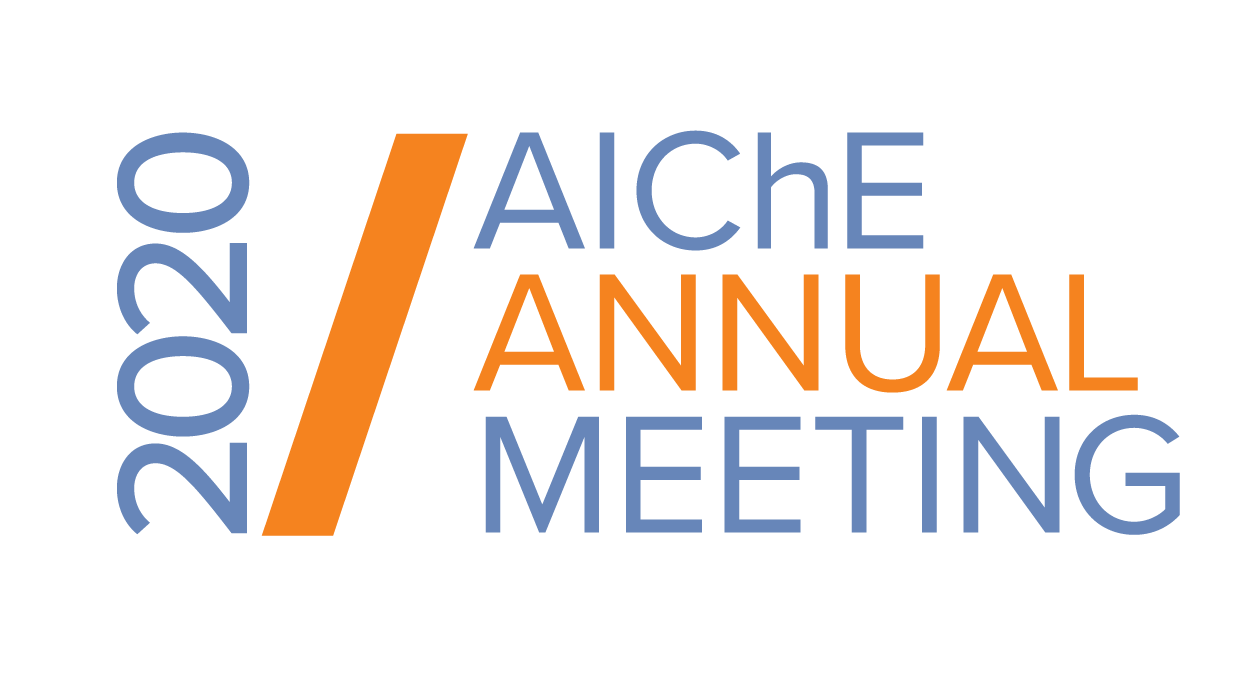

Membrane technology has been a critical enabler for effective and efficient gas, vapor, and liquid separations for many years. Polymeric membrane-based industrial separation processes have evolved rapidly since the development of asymmetric integrally skinned polymeric membrane by Loeb and Sourirajan in 1960’s and the development of thin film composite (TFC) membranes by Cadotte in 1980’s.
Membranes for gas and vapor separations are of special interest to petroleum producers and refiners, chemical companies, and industrial gas suppliers. Several applications of gas separation membranes have achieved commercial success, such as nitrogen enrichment from air, natural gas upgrading, enhanced oil recovery, hydrogen purification and recovery, and recovery of organic vapors. Innovations in membrane materials with long term stability, chemical resistance, and specific to applications, fabrication methods, module design, new process design, and process technology integration have been instrumental to the industrial adoption of membrane technology for gas separations. However, membrane technology is still facing challenges for large scale organic vapor separations, such as for olefin/paraffin, aromatic/non-aromatic, and aromatic/aromatic separations. Several recent successful cases and the strategies developed to achieve high and prolonged stable membrane performance for gas separations will be discussed.
Presenter(s)
Once the content has been viewed and you have attested to it, you will be able to download and print a certificate for PDH credits.
If you have already viewed this content,
please click here
to login.
